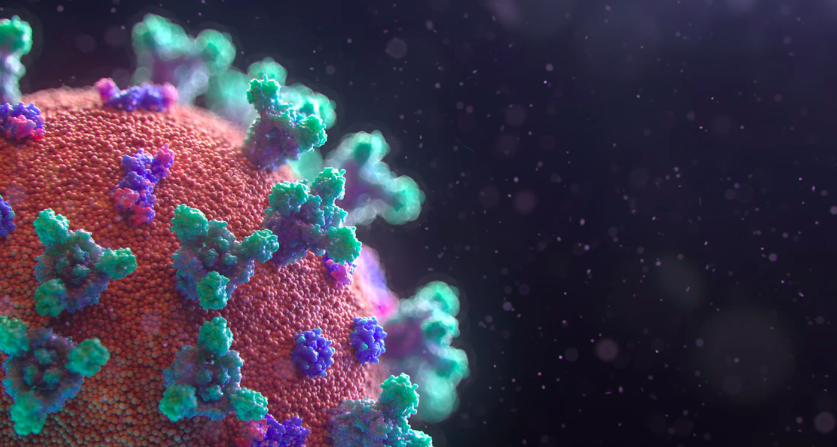A group of South African scientists and researchers from the National Institute for Communicable Diseases (NICD) and the South African National Bioinformatics Institute (SANBI) at the University of the Western Cape (UWC) have successfully sequenced South Africa’s first SARS-COV-2 genome.
Their work has provided a genetic “fingerprint” that can help us understand and contain the spread of COVID-19.
In a statement published on UWC’s website they said: “Next-generation sequencing of pathogens allows us to perform genomic fingerprinting on viruses,” says Peter van Heusden, SANBI researcher and co-author of the new report presenting the sequence, phylogenetic analysis and modelling of non-synonymous mutations for a SARS-CoV-2 genome that was detected in a South African patient with COVID-19.
“Much like you look more similar to your siblings and cousins than you do to a person chosen at random, this fingerprint of viruses can be used to organise the samples into clusters and thus understand the spread of the disease.”
Medical scientists – Dr Arshad Ismail, Dr Zamantungwa Khumalo, Dr Phillip Senzo Mtshali, Florah Mnyameni, Dr Mushal Allam, Dr Stanford Kwenda – at the NICD Sequencing Core worked with Dr Jinal Bhiman’s group at the NICD’s Centre for Respiratory Diseases and Meningitis on doing the initial sample collection sequencing for this.
“The sample is from a patient’s nose and throat so it is not ‘pure virus’ – the only way to get a pure virus is to grow or culture the virus and no one wants to do that,” Van Heusden says. “It is thus challenging to get enough virus DNA from a sample to get a complete virus genome – but the NICD managed to do it.”
SANBI researchers then compared the virus genome with a collection of virus genomes from around the world, sourced via the Global Initiative on Sharing All Influenza Data (GISAID) website – a global data sharing initiative for flu, and now for COVID-19 as well.
“I examined each difference between our South African genome and other genomes to see if the evidence was there to support it,” Van Heusden explains. “In the end we had six differences.”
These differences are important for two reasons.
“Firstly they give us a ‘fingerprint’ that is useful to understand the spread of the virus,” Van Heusden notes. “In this case the version of the virus found in South Africa looks like the ones found in Europe and the USA, suggesting that the virus is travelling alongside people travelling between SA and those places. We suspected that already, but this helps confirm it.”
Secondly, we can look at how the differences impact on the proteins the virus makes.
“Genes don’t directly determine what happens in cells,” Van Heusden explains. “Proteins are the molecular machines that make cells work – and the virus genome is like a recipe book for the proteins the virus needs to do its work (invading cells and making copies of itself).”
Another SANBI researcher, Dr Ruben Cloete, helped with that part – confirming that the changes in the virus genome are mostly neutral, making very little difference in the proteins made by those particular genes.
“It’s important to note that this is true for most changes in a virus: they don’t create ‘super mutants’ but are just like the difference between your eye colour and that of someone else,” Van Heusden notes. “People sometimes panic when they hear that a virus is mutating, but that’s just natural – and most mutations just don’t matter much.”
The work is a contribution to the global efforts to track and trace the ongoing coronavirus pandemic. As of 1 April 2020, more than 3000 SARS-Cov-2 genomes were globally sequenced and uploaded to GISAID. The Nextstrain website provides real-time monitoring of the spread and evolution of the SARS-CoV-2 virus, drawing on sequence data stored in GISAID.
“Ideally, you want to be able to analyse virus DNA samples to better understand the spread of disease or predict when an outbreak will occur,” says Van Heusden. “With a sufficient number of sequenced genomes, it is possible to reconstruct a phylogenetic tree of the mutation history of a family of viruses.”
Image: Unsplash

